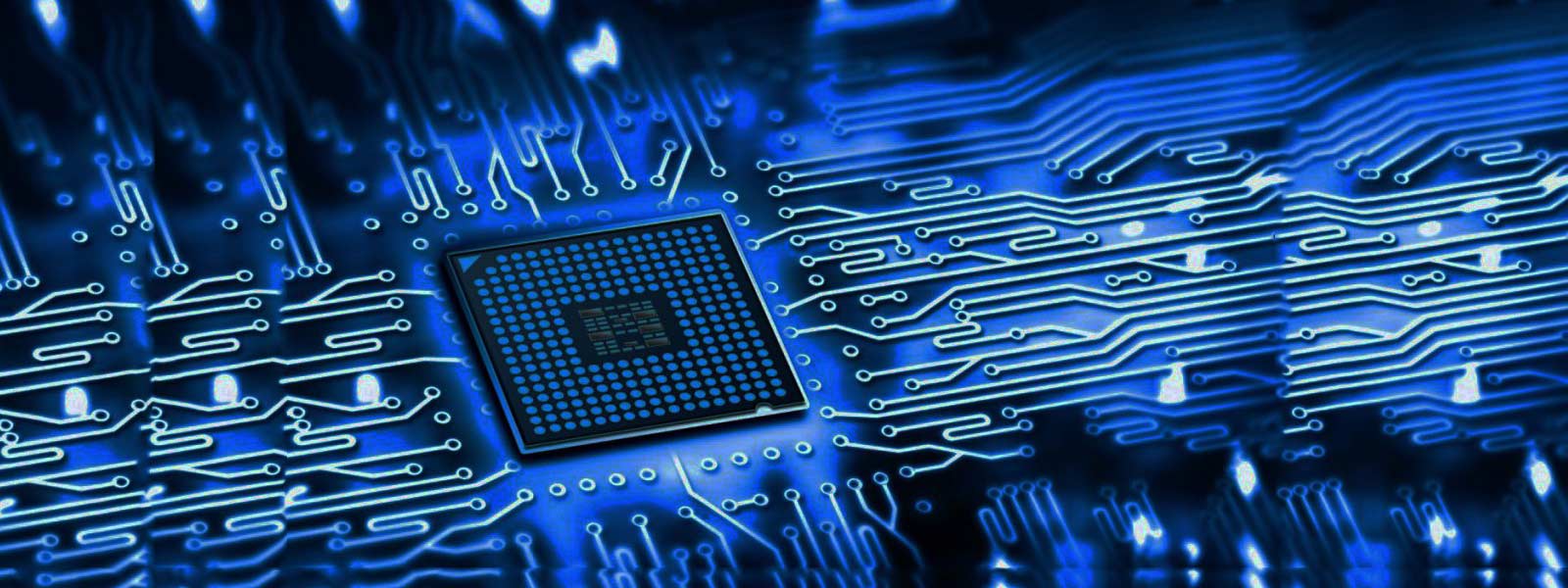Weight loss is one of the hottest topics ever. Everyone seems to be trying to lose weight nowadays. Most diet programs are about weight loss and body weight is often used as an indicator of fitness progress. But, this is an incorrect approach.
 |
Your ultimate goal should always be to lose fat and reducing excess body fat is what you should be concerned about. Weight loss and Fat loss is NOT the same thing! Many people confuse the two terms, often believing that they mean the same, when in fact weight loss and fat loss are very different from one another. This article will help you understand how weight loss is different than fat loss and how fat loss is far superior to weight loss in almost all ways.
What Is Weight Loss?
(Weight Loss = Muscle Loss + Fat Loss + Water Loss)Think Fat Loss, Not Weight Loss
Weight loss is attempting to lower your total body weight. It simply refers to a lower number on a scale.
Your body weight is composed of all the parts of your body such as muscles, fat, bones, water, organs, tissues, blood, water etc. When you lose weight, you lose a little bit of... fat, muscle and water.
You lose fat but very little and along with the fat you lose muscle and some amount of water. The higher you reduce your calorie intake, the faster you drop weight and the more muscle mass you lose.
Do know your muscle matters? Loss of muscle affects your health and your overall appearance.
When you lose weight too quickly, your body cannot maintain its muscle. Because muscle requires more calories to sustain itself, your body begins to metabolize it so that it can reserve the incoming calories for its survival. It protects it fat stores as a defense mechanism to ensure your survival in case of future famine and instead use lean tissue or muscle to provide it with calories it needs to keep its vital organs such as your brain, heart, kidneys and liver functioning. If you reach a point where you have very little fat or muscle, your body will metabolize your organs to keep your brain functioning leading to heart attack, stroke and liver and kidney failure.
As the body loses more muscle mass, the body's overall metabolic rate decreases. The metabolic rate is the rate at which the body burns calories and is partly determined by the amount of muscle you have.
So the more muscle you have, the higher your metabolic rate; the less muscle you have, the lower your metabolic rate and fewer calories you burn. This explains why it is crucial to protect your metabolic rate and not have muscle loss.
Loss of muscle also leads to loss of tone underneath the skin leaving you soft and unshapely with no form or contour. If you lose weight too rapidly, your skin won't have time to adjust either. Also muscle is what gives you strength and loss of it means a weak body.
With weight loss you shrink in size and become a smaller version of yourself with a fragile frame with saggy skin.
Weight loss works in the short run to make you smaller but is temporary, almost everyone rebounds and regains the weight. This forces you to find another diet. And then another one, and another one - because eventually they'll all fail.
What Is Fat Loss?
(Fat Loss = Loss Of Stored Body Fat)
Fat loss is attempting to lower your total body fat - i.e. the percentage of your total body weight that is made up of fat.
The right approach for fat loss is to exercise smartly and eat intelligently in a way that maintains muscle and focuses on fat loss exclusively.
The muscle you have is not there forever. If you don't feed it and don't use it - you lose it. A proper plan with right combination of resistance and cardiovascular training with adequate progression and a right nutrition plan to support it can help you achieve this. Exercise only boosts the burning process but doesn't just melt the fat away on its own - if you do not create a deficit and feed the body too much - it won't touch the stored fuel reserves. On the hand if you drastically cut your calories and do not feed your muscle properly or don't exercise and use your muscle, you will lose it. Fat loss is about finding that right balance.
With fat loss you maintain the muscle and keep the metabolic rate running high. You also develop stronger connective tissue, tighter skin and stronger bones and joints. With fat loss you transform your body.
Fat loss is a lifestyle approach where you give your body what it needs without depriving and shocking it with threat of starvation. You get to see slow but permanent steady progress.
It may sound odd, but it's possible to get thinner without actually seeing a change in your weight. This happens when you lose body fat while gaining muscle. Your weight stays the same, even as you lose inches.
Lets see how this happens.
Fat tissue is very loose and not dense. It occupies a lot of space in your body. Whereas muscle is more dense and takes up less space. When you lose fat, this space is freed and you can notice inch loss. If you are following a consistent strength training program then gain in lean muscle tissue will balance out this loss of fat and weight stays the same. Since muscle takes less space than fat, you lose inches and start to look more toned, lean and shapely.
consistent strength training program then gain in lean muscle tissue will balance out this loss of fat and weight stays the same. Since muscle takes less space than fat, you lose inches and start to look more toned, lean and shapely.


Thanks
"Bismah Blogger"



